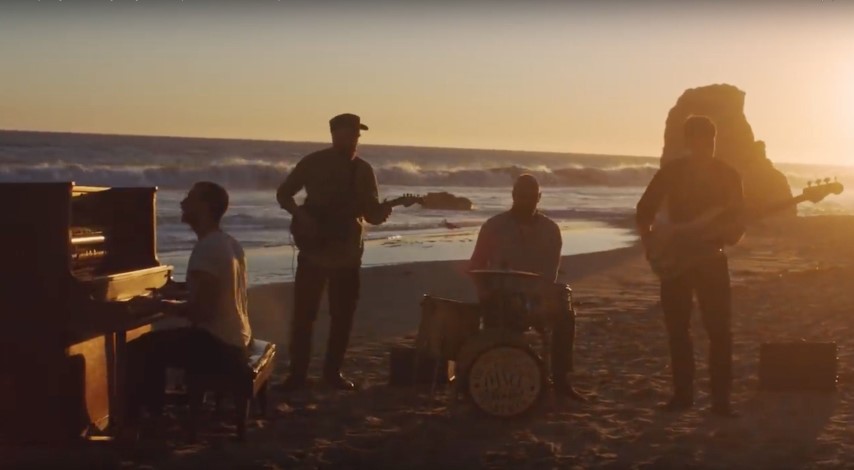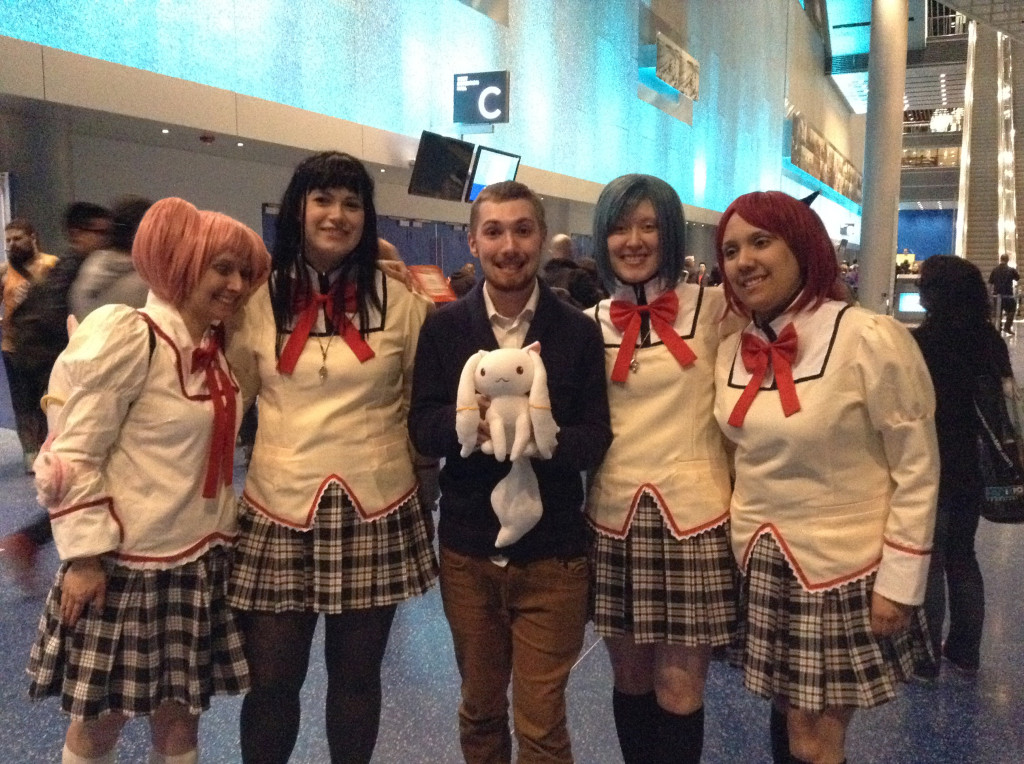
The history of karaoke
By Caroline Ho, Arts Editor
Anyone who likes singing in front of crowds is probably glad that karaoke exists. Karaoke comes from the Japanese words kara, meaning “empty,” and oke, which is short for “orchestra.” The idea is simple enough, but it took a while for technology to evolve to give us karaoke as we enjoy it today.
The first appearance of the karaoke machine is attributed to Japanese musician Daisuke Inoue. Singing in restaurants and establishments to live accompaniment, provided by musicians like Inoue, was a popular pastime in Japan. In 1969, Inoue was asked to tape a few songs on a recorder so they could be taken and sung along to in another location. He was inspired by this to create a machine he called the Juke 8, which was basically a microphone, a speaker and amplifier, and a coin slot put together.
Inoue made a few Juke 8s and started leasing them out to local bars, and the activity caught on rapidly. Within a few years the Juke 8 spread to Osaka, then rapidly to Tokyo, and soon enough they had taken the whole country by storm. Since Inoue never patented his idea, other companies quickly produced their own versions of the karaoke machine. By the ’80s the activity had reached the rest of Asia—and the world.
As karaoke became increasingly popular and increasingly profitable, some businesses started offering karaoke boxes. These were smaller private rooms where groups of friends could sing in front of a more intimate audience. Although the activity was originally a side feature in bars and hotels, karaoke became the primary attraction of many establishments. The first dedicated karaoke bar in North America (or at least the first to claim the title), Dimples, was opened in L.A. in 1982.
Early karaoke machines used cassette tapes, and singers who didn’t know the words had to refer to lyric booklets to follow along. In the ’80s, Pioneer Electronic Corporation introduced machines that used laser discs and could display lyrics directly on screens. By the next decade, karaoke machines were developed with the ability to download songs online, a huge change from having only a limited number of tracks to choose from. These technological advances made karaoke increasingly accessible to singers around the globe.
Karaoke equipment also found its way into many homes. This side of the industry took off in the ’90s, as home theatre systems became popular. Karaoke machines were a natural complement to the audio and visual equipment that people were setting up in their homes. The proliferation of gaming consoles has continued to add to this. Karaoke Revolution was released for the PlayStation 2 in 2003, with several sequels in the following years. Guitar Hero began including vocal tracks with Guitar Hero World Tour in 2008, and many other video games included singalong aspects as well.
Inoue never expected his simple machine to be anywhere near as popular as it was, but nowadays karaoke can be found pretty much everywhere. With singing competitions like The Voice on prime-time television, it seems like anyone can be a star. There are plenty of places in and around New Westminster and Coquitlam that offer karaoke, in the more private environment of karaoke boxes, or in the many bars and pubs that offer weekly or monthly karaoke nights. And of course, there’s always the option of your own shower—as long as your roommates like the sound of your voice as much as you do.


